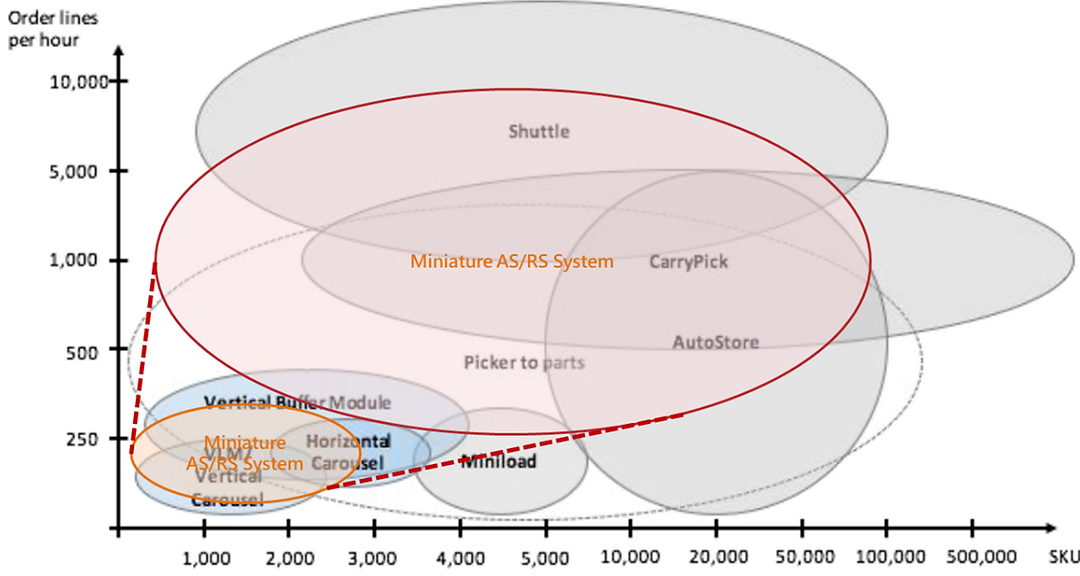Solutions
Logistics Packing
In the past, warehouse automation solutions often faced issues such as lack of flexibility and high investment costs, leading many companies to hesitate and find implementation challenging. However, Taiwan Intelligent Robotics Technology has introduced a diverse range of warehouse robotics combinations, developing the concept of micro-smart warehousing like building blocks. This design not only offers efficiency and flexibility but also allows for setup and expansion according to the different stages of business development.
Many small and medium-sized enterprises (SMEs) have an urgent need for Automated Storage and Retrieval Systems (ASRS). Taiwan Intelligent Robotics Technology provides solutions that enable these businesses to determine initial deployment based on part numbers and picking rates, with the ability to adjust and expand investments as their operations grow. This approach makes automation with ASRS feasible even for small and medium-sized warehouses.
For industries such as semiconductor, electronics, automotive components, small to medium-sized e-commerce, and logistics that require ASRS, Taiwan Intelligent Robotics Technology offers customized solutions utilizing various robots and a mix of AMR/AGV systems. Based on the client’s available space, material dimensions, weight, part numbers, storage quantities, and utilization rates, the company can design the most suitable ASRS system. This system encompasses a complete micro-smart warehousing solution, including inbound processing, picking, outbound handling, workstations, warehouse management systems, and even automated packaging, labeling, and printing.
Building on the micro-warehousing system, Taiwan Intelligent Robotics Technology adopts a decentralized investment approach to reduce the initial burden on businesses and increase hardware quantity as needed to meet demand. This design not only allows for precise planning based on customer needs but also provides room for gradual expansion, reducing labor costs and enhancing material flow efficiency.

WAREHOUSING






